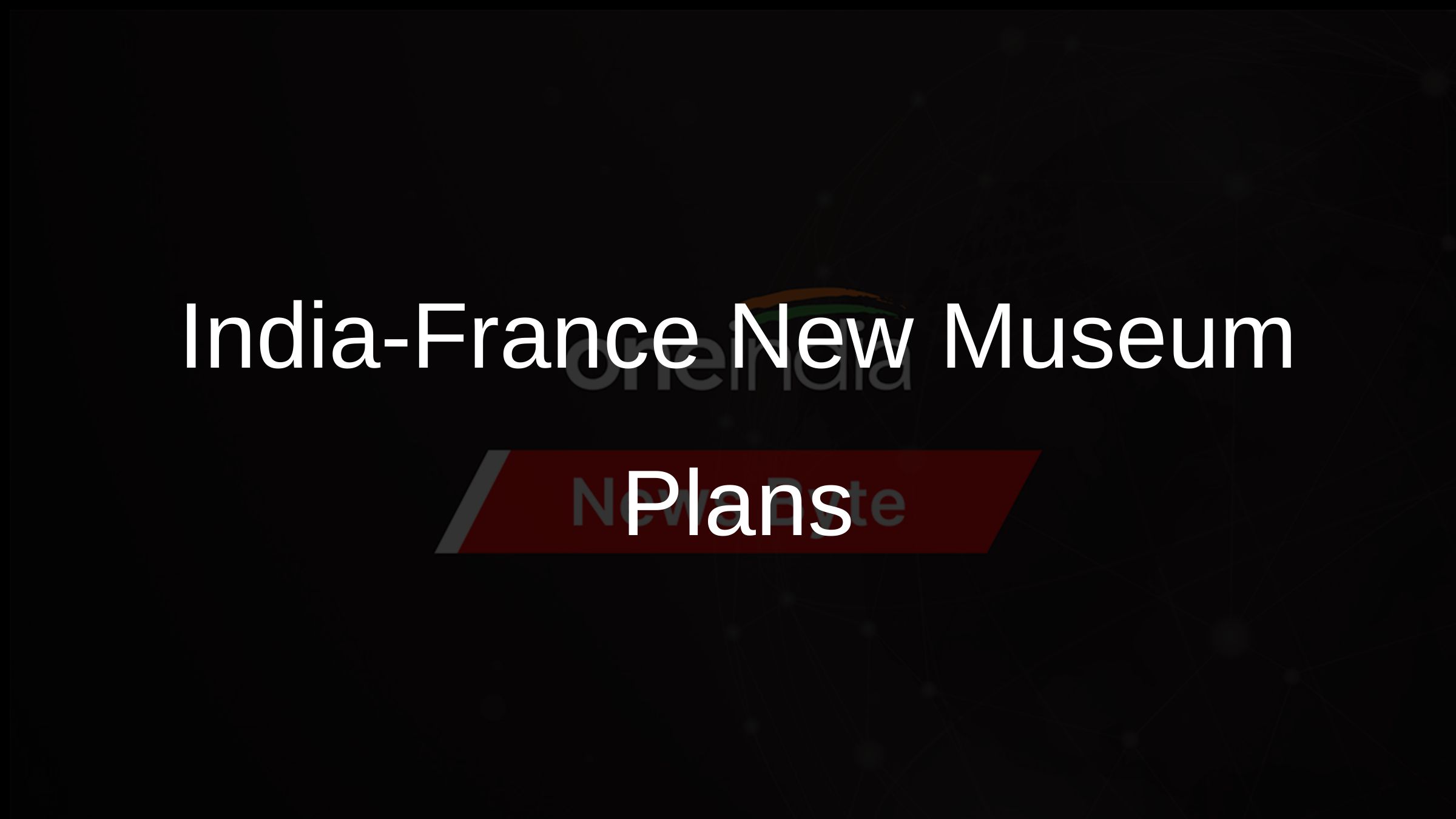Archaeologist to use satellite imagery to explore ancient Mexico
Washington, May 14 : An archaeologist is going to use satellite imagery obtained from NASA to explore ancient Mexico.
Bill Middleton, professor in the Department of Sociology and Anthropology at Rochester Institute of Technology (RIT) in US, is going to use the satellite data to build the most accurate and most detailed landscape map that exists of the southern state of Oaxaca, where the Zapotec people formed the first state-level and urban society in Mexico.
"They had the first writing system, the first state society, the first cities. And they controlled a fairly large territory at their Zenith-250 BC to 750 AD," said Middleton.
The process of state formation varied across the Zapotec realm. Sometimes it involved conquest, and other times it was more economically driven.
Archeologists are interested in different aspects of society that emerged in the process, such as social stratification and the development and intensification of agriculture and economic specialization.
Middleton's study will explore how the Oaxacan economy and environment changed as the Zapotec state grew and then collapsed into smaller city-states.
He will focus on two sites in the Chichicapam Valley located in between two of the major arms of the central valleys of Zapotec.
Imagery from Earth Observing 1 and Landsat satellites obtained over three years will help Middleton identify the natural resources found at archeological sites.
The technology works by differentiating materials on the ground on the basis of reflected light. Objects that look the same in visible light may have very different reflective properties when sampled across the spectrum.
"When you put the data back together as a picture you begin to see things you couldn't see before, and you can make distinctions that to your eyes look the same," said Middleton.
Satellite imagery covering more than 30,000 square kilometers will help Middleton identify different plant species, environments and ecosystems, and acres of arable land or mineral resources surrounding particular sites.
"We can start looking at the relationship between ancient cities and ancient human settlements in a way that no one has really been able to do before," said Middleton.
The new landscape map will also show how development has changed the region since the first survey conducted 30 years ago.
"We will be able to compare the then-and-now images and be able to make a very good assessment of what we have lost in the past several decades as a result of development," said Middleton.
ANI


 Click it and Unblock the Notifications
Click it and Unblock the Notifications




